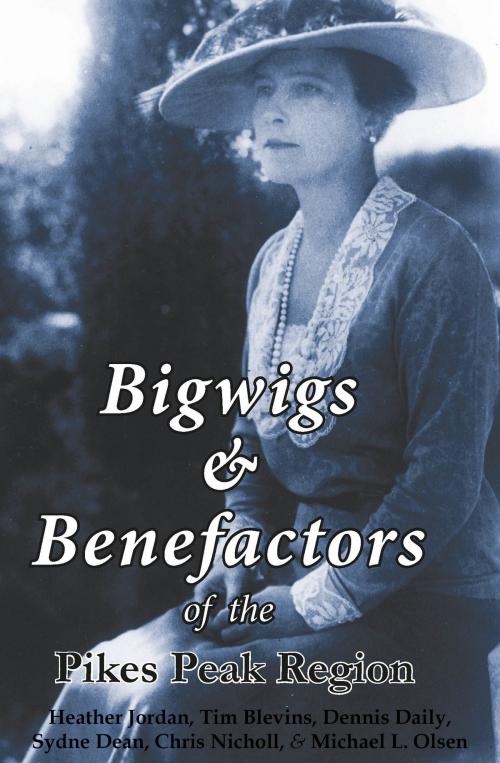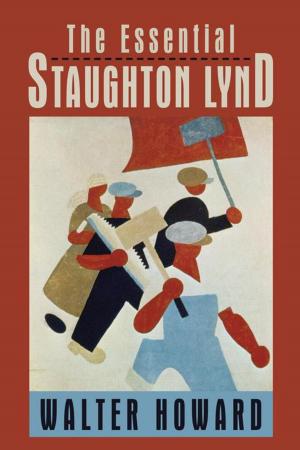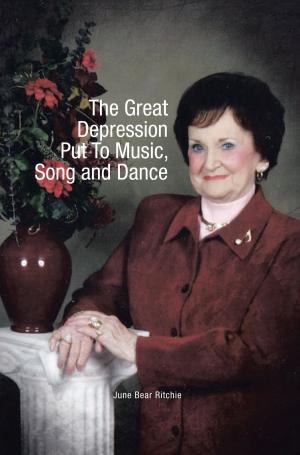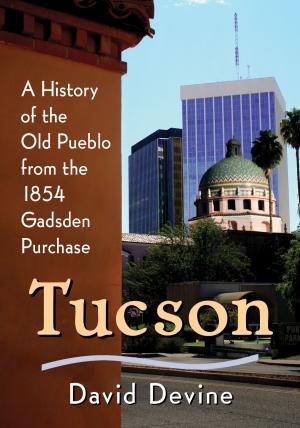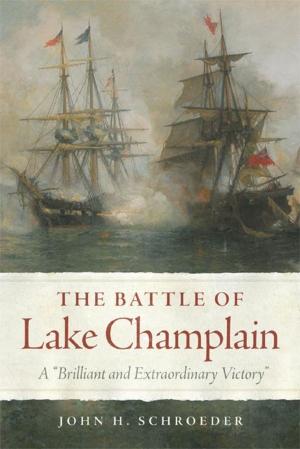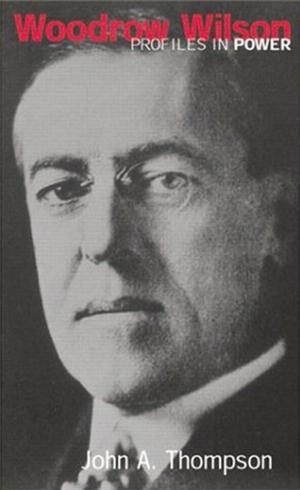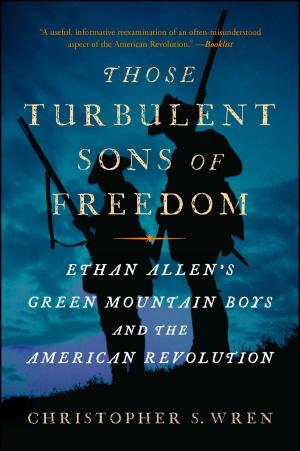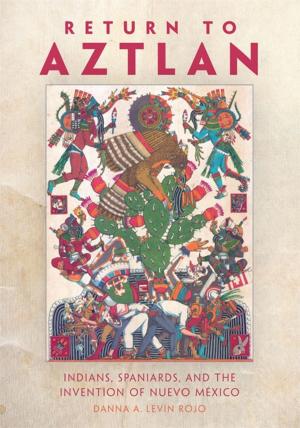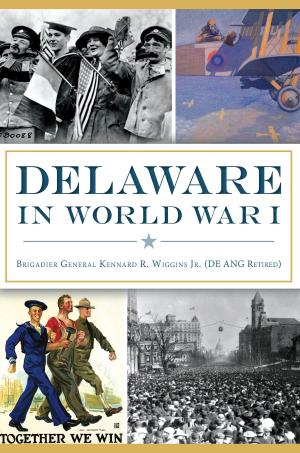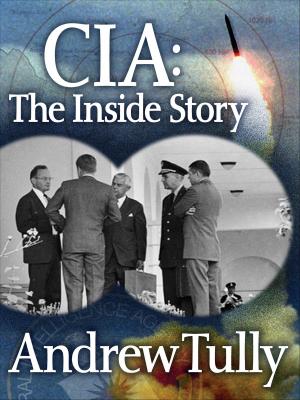Bigwigs & Benefactors of the Pikes Peak Region
Biography & Memoir, Historical, Nonfiction, History, Americas, United States| Author: | Heather Jordan | ISBN: | 9781567353464 |
| Publisher: | Pikes Peak Library District | Publication: | May 18, 2017 |
| Imprint: | Smashwords Edition | Language: | English |
| Author: | Heather Jordan |
| ISBN: | 9781567353464 |
| Publisher: | Pikes Peak Library District |
| Publication: | May 18, 2017 |
| Imprint: | Smashwords Edition |
| Language: | English |
The word philanthropy is described as the “love of mankind” and the women and men in Bigwigs & Benefactors of the Pikes Peak Region represent that idea. While by no means a comprehensive publication of every benefactor of our region, what we attempt to do with this volume is provide a small sampling of the generous citizens who have impacted our community.
Our book begins with Colorado Springs’ most prominent bigwigs, the Palmer family. In a letter, Henry James describes spending a Christmas with the Palmers in England, and Susan Fletcher recalls the lives of General William and Queen Palmer’s daughters, Elsie, Dorothy, and Marjory, including their important involvement in the wellness of our local citizens.
Author Joyce B. Lohse discusses Spencer Penrose’s contributions to the Pikes Peak region, his relationship with Julie Penrose (who graces our book’s cover), and his partnership with another of our city’s significant benefactors, Charles L. Tutt.
Winfield Scott Stratton, whose contributions include the local post office, city hall, court house, and the Myron Stratton Home, is discussed in Eugene Parson’s chapter. And readers can learn about Philip Washburn’s involvement with the St. Stephen’s Episcopal Church in a chapter by George V. Fagan.
David D. Finley covers the fascinating life of Edmond C. van Diest, including his time as an engineer and director of Glen Eyrie and Monument Valley Park. And one of the region’s more controversial, though indisputably influential men, Irving Howbert, is covered in a chapter by William G. Thomas.
Not everyone in this book was a wealthy or well-known citizen. The significant contributions of the Beth-El nurses are discussed by Joanne F. Ruth; we learn about the impact American Indians has on tourism in a chapter by Erinn Barnes; the Strouds, an accomplished African American family, are covered by John S. Holley; and Fred Barr, a man who left a lasting impact on the area’s recreational activities, is discussed by Eric Swab.
By following the examples of those set before us it is easy to see how we, too, can be “Bigwigs & Benefactors of the Pikes Peak Region.”
The word philanthropy is described as the “love of mankind” and the women and men in Bigwigs & Benefactors of the Pikes Peak Region represent that idea. While by no means a comprehensive publication of every benefactor of our region, what we attempt to do with this volume is provide a small sampling of the generous citizens who have impacted our community.
Our book begins with Colorado Springs’ most prominent bigwigs, the Palmer family. In a letter, Henry James describes spending a Christmas with the Palmers in England, and Susan Fletcher recalls the lives of General William and Queen Palmer’s daughters, Elsie, Dorothy, and Marjory, including their important involvement in the wellness of our local citizens.
Author Joyce B. Lohse discusses Spencer Penrose’s contributions to the Pikes Peak region, his relationship with Julie Penrose (who graces our book’s cover), and his partnership with another of our city’s significant benefactors, Charles L. Tutt.
Winfield Scott Stratton, whose contributions include the local post office, city hall, court house, and the Myron Stratton Home, is discussed in Eugene Parson’s chapter. And readers can learn about Philip Washburn’s involvement with the St. Stephen’s Episcopal Church in a chapter by George V. Fagan.
David D. Finley covers the fascinating life of Edmond C. van Diest, including his time as an engineer and director of Glen Eyrie and Monument Valley Park. And one of the region’s more controversial, though indisputably influential men, Irving Howbert, is covered in a chapter by William G. Thomas.
Not everyone in this book was a wealthy or well-known citizen. The significant contributions of the Beth-El nurses are discussed by Joanne F. Ruth; we learn about the impact American Indians has on tourism in a chapter by Erinn Barnes; the Strouds, an accomplished African American family, are covered by John S. Holley; and Fred Barr, a man who left a lasting impact on the area’s recreational activities, is discussed by Eric Swab.
By following the examples of those set before us it is easy to see how we, too, can be “Bigwigs & Benefactors of the Pikes Peak Region.”
